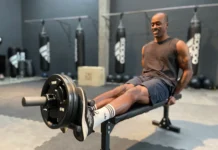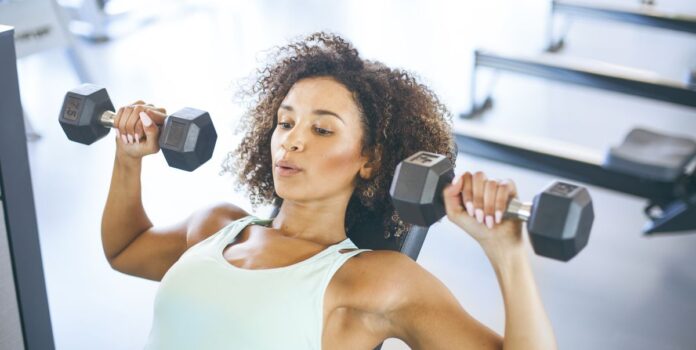
Table of Contents
Muscle building is something that many people want to achieve. It’s one of the main fitness goals, and people try to find the right way to do that.
If you want to build muscle mass, you need to lift heavy weights. While some recommend using free weights (weights without handles), others prefer machines or resistance bands. Some even argue that bodyweight training is better than working out at the gym. We can say that all of them are right because the choice depends on what you want to accomplish and which muscle group you target.
In order to improve your physique, you need to focus on compound movements. That would be lifting heavier loads over longer periods of time. These exercises target multiple muscles simultaneously, helping to burn calories and tone your entire body at the same time.
Many builders prefer dumbbells and kettlebells, so they can enhance the resistance and help the muscles break and heal faster.
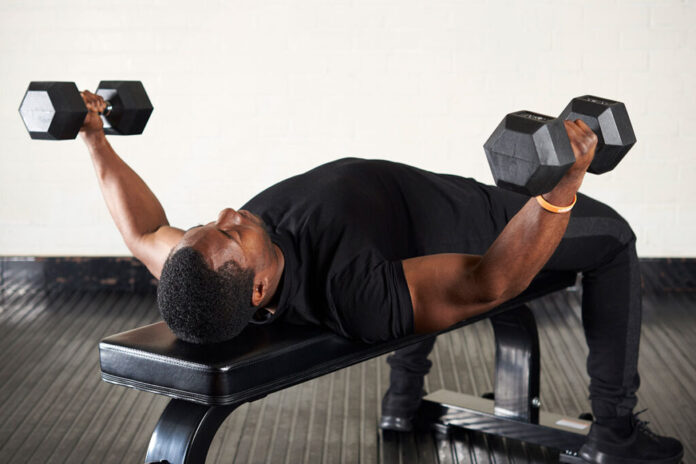
A dumbbell is a tool commonly found at gyms. It’s usually made of metal and has two handles attached to a ball. These are often used for workouts such as bicep curls, squats, lunges, and triceps extensions. Dumbbells come in various sizes from 12 pounds to 100 pounds. The heavier ones are better for building muscle mass. You can check on SMRTFT to find great gym gear.
The question is, what type of weights should you use? What kind of exercises should you perform to get toned muscles?
Dumbbells are great tools for working out. In addition to being versatile, these workout tools are also convenient to carry around. That said, choosing the correct size dumbbell is more important than you can imagine.
Weight resistance and its benefits
If you want to get stronger or bulkier, you might want to consider using a pair of weighted dumbbells instead of free weights.
Weight lifting requires two basic components:
Resistance
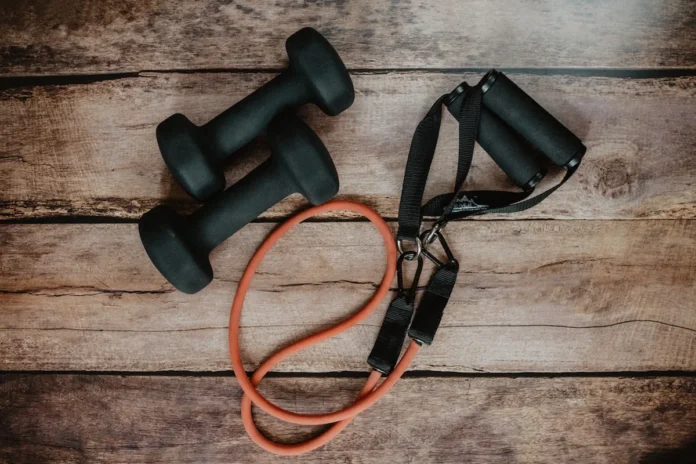
This can take the form of free weights (dumbbells, barbells, kettlebells), resistance bands, bodyweight exercises, etc. It’s up to you to determine what exactly you need.
Muscle recruitment (stretch)
The muscles contract to create tension against the force of gravity, which increases during movement towards failure.
While the science behind resistance training is well established, there is much debate over the optimal exercise protocol and the amount of weight you need to lift, to accomplish the wanted results.
While some studies show that heavier weights increase strength gains, others show no such correlation. In short, the optimal resistance load depends on the individual goals of the lifter. Also, it depends on the current body condition and strength.
Surely, there are so many things to consider before exercising. You can’t simply go to the gym and lift every weight instrument you find. You need to have a plan for what you want to accomplish, and of course, how to do that. This brings us to the next section:
What weight should I use?
Dumbbells are great for building strength and endurance. The heavier the dumbbells, the better they work. However, if you want to add lean mass, then it is best to use lighter-weight dumbbells. If you plan to do cardio training, then avoid using too heavy weights.
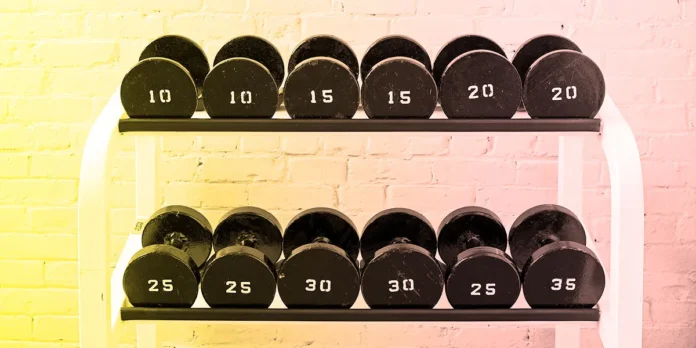
Dumbbells come in different sizes ranging from 8-12 pounds up to 50 pounds. There are even heavier, like 100 pounds, for extreme trainers.
The best size for beginners is 12 pounds. If you are looking to gain muscles quickly then go for 20 pounds. However, if you want to gain strength slowly and develop your physique, then start at 25 pounds and work your way up.
Surely, there are many benefits of using dumbbells to gain mass. You need to learn a lot of things before you do anything, but don’t worry, we are here to help you with that:
What size dumbbells should I choose?
There’s no ‘right’ answer here. You’re looking at what size weights you want and how much weight they’ll add to your workout routine. If you plan on doing lots of repetitions (which is best), then go for heavier weights. If you don’t have time to hit the gym, then a lighter might do just fine. Your goal is obviously to increase your mass, not necessarily get a bodybuilder physique.
Dumbbell vs barbell: Which one?
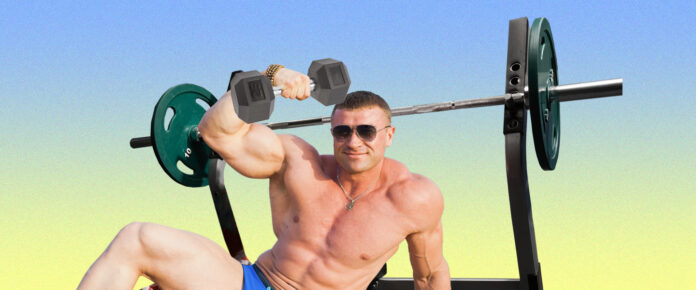
Dumbbells are great for your shoulder and back workouts since you won’t need to lift them overhead. Barbells, however, work out both arms equally. It’s up to you to decide which body part you target and choose the weight appropriately.
Single vs double arm dumbbells
Single-arm dumbbells are great if you only have one hand. Double-armed dumbbells are more versatile and allow you to move faster.
Again, it’s you who decides which one to use, and how to use it of course. Make sure you choose the more convenient way for you, to avoid gym-related injuries.
Shoulder vs triceps: Which one to target first?
If you’re working biceps or triceps, you want to stick with single-arm dumbbells. If you’re hitting shoulders, you’ll probably benefit more from using a barbell.
Of course, we don’t even need to repeat the fact that it’s best to determine these things alone, or with your trainer. It all depends on personal needs and preferences.
How many sets or exercises to perform?
How long you rest between each set is entirely dependent on your goals. A general rule of thumb is 20 seconds of rest between sets. But again, if you’re trying to bulk up, you’ll want more than that.
Exercise duration
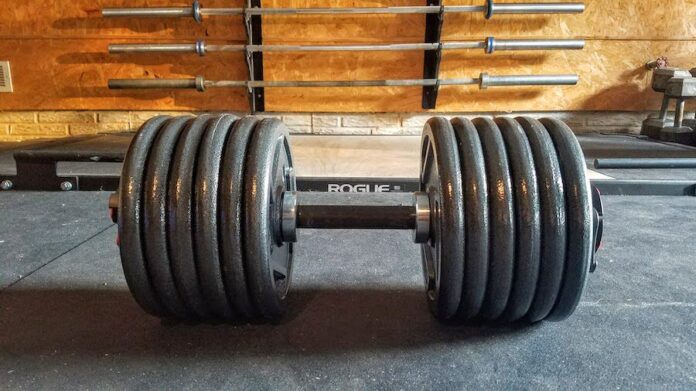
There is no general rule on how long should exercising last. You can do your entire workout in 5 minutes, or you can do a full hour. Choose whatever works for you.
Conclusion
We hope that this information was useful for you. At the same time, we wish you a lot of luck and patience while working on your fitness goals. Many people give up because they don’t see visible results even after a few months.
But, we are sure you are better and more patient than that. In the end, the results are worth the time and all the strength you invest in having the body of your dreams.


